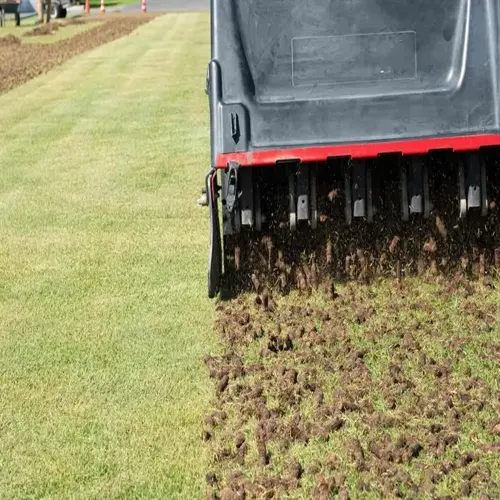Do tomatoes need more magnesium than other vegetables?

Written by
Paul Reynolds
Reviewed by
Prof. Samuel Fitzgerald, Ph.D.Tomatoes have their own peculiar magnesium needs compared to other vegetables, requiring more than the heavier crops but less than the root vegetables such as potatoes. I have also measured this deficiency using tissue tests on various plant species. Heavy-bearing varieties, especially, require a significant amount of magnesium during the critical periods of their growth and development.
Comparison to Other Crops
- Higher needs than lettuce/spinach (25-50 ppm range)
- Lower needs than potatoes/beets (100-300 ppm range)
- Peppers and eggplants share similar requirements
- Root vegetables need most magnesium for tuber development
Optimal Soil Levels
- Sandy soils: 50-120 ppm magnesium concentration
- Loam soils: 80-150 ppm magnesium concentration
- Clay soils: 100-200 ppm magnesium concentration
- Varies with cation exchange capacity and organic content
Critical Growth Phases
- Flowering: Magnesium supports pollen viability
- Fruit set: Essential for cell division initiation
- Fruit enlargement: Required for sugar transport
- Ripening: Influences flavor compound development
Large producers need extra attention. Beefsteak varieties require 30% more magnesium than do the cherry types. I increase the applications of these foods on these plants during the period of greatest production. The determinate varieties require a steady supply of these foods. At the same time, the indeterminate types benefit from these foods being supplied slowly.
Modify various reactions. Monitor beefsteak tomatoes during fruit growth. Cherry required a consistent supply throughout the production process. Test soil once a month for heavy producers. This prevents deficiencies in periods of greatest demand and ensures marketable quality.
Balance magnesium with the other elements. Tomatoes require a proper balance of calcium and magnesium. I keep it 4:1 in sandy soils, and 6:1 in heavy soils. This will eliminate blossom end rot and aid in photosynthesis. I test regularly in order to keep a proper balance for each specific variety grown.
When testing leaf tissue for accuracy, I consider the oldest leaves during the flowering period. An acceptable range for magnesium content in leaves is approximately 0.3 - 0.6%. I currently send samples to labs every three weeks. This direct measurement will verify soil test data used for more accurate modifications.
Read the full article: Magnesium Deficiency Tomatoes: Complete Grower Guide

